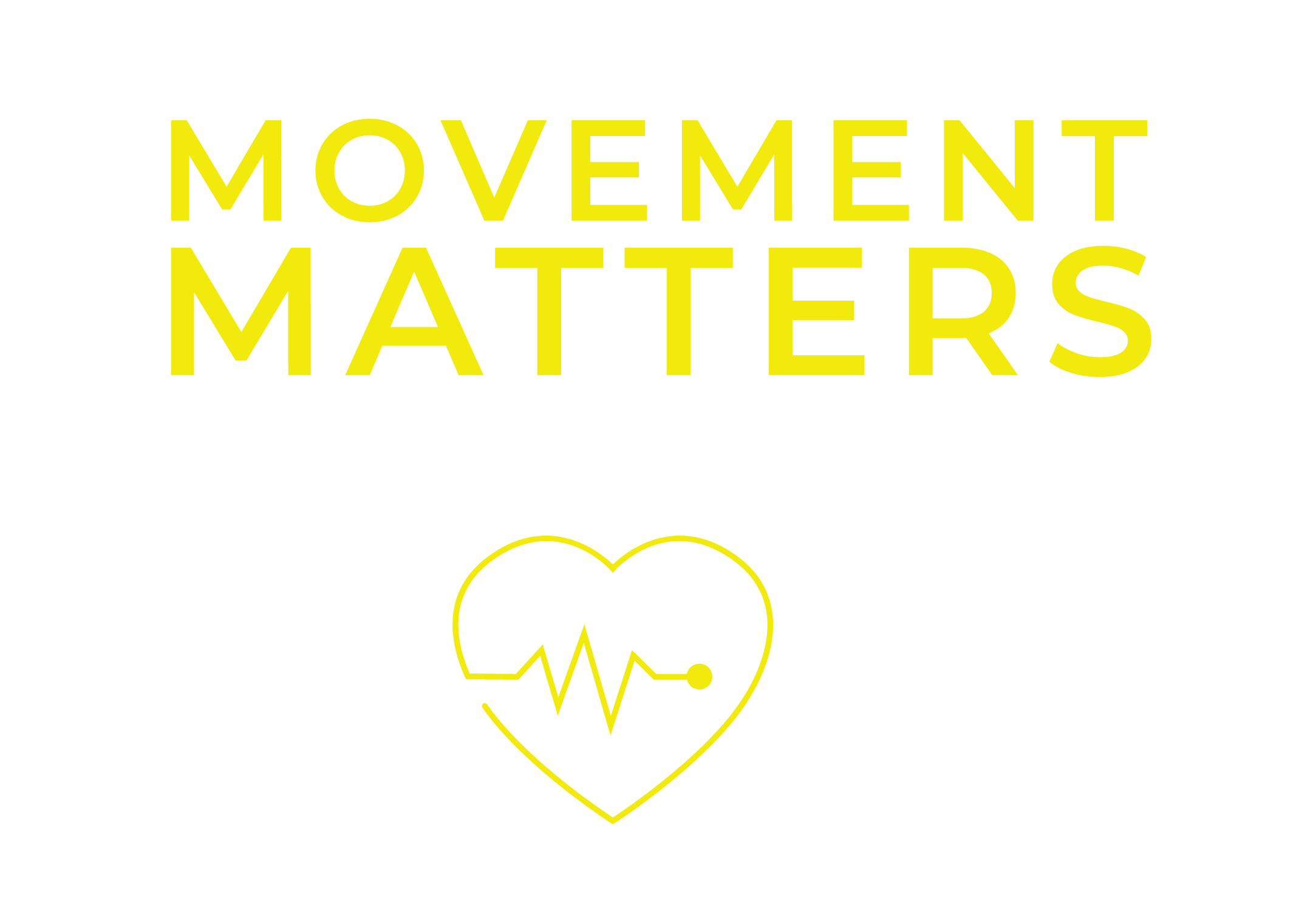There are a variety of reasons why you may be experiencing back or neck pain. For example, any changes in the spine’s anatomy can lead to back pain, such as lumbar disc herniation, lumbar degenerative disc disease, sacroiliac joint dysfunction, or osteoarthritis.
The most common cause of neck pain is due to muscle strains. There are various ways in which this can occur, including poor posture, whiplash, or abnormal sleeping positions. Neck pain can also be caused due to a cervical herniated disc, cervical degenerative disc disease, or cervical osteoarthritis.
Pain from these conditions may range from mild to severe. Fortunately, pain therapy can help manage pain, and in many cases, even eliminate it altogether. If you have been living with back or neck pain and you are looking for relief, contact Movement Matters today to schedule a consultation with one of our licensed pain therapists.
Diagnosing back and neck pain conditions:
If you’re experiencing back or neck pain, it is important to consult with your primary doctor right away. He or she will most likely perform a physical exam, and may want to take some x-rays or a magnetic resonance imaging (MRI) test. With an MRI, your doctor will be able to clearly see your soft tissues, ligaments, tendons, and blood vessels, which can provide evidence of where your back or neck pain is stemming from. Once this is determined, your doctor will suggest a course of treatment, which will likely include pain therapy.
Back pain and neck pain can lead to a loss of productivity, and it is a common cause for disability. Because of this, it is important to seek the assistance of a medical professional immediately if you are suffering from back or neck pain.
Finding relief with pain therapy:
Pain therapy is an effective treatment for both back and neck pain. The goals and expected outcomes of these treatments include:
- Decreased pain and stiffness. By using passive treatments such as manual therapy, your pain therapist will help alleviate pain in the affected area and accelerate the healing process.
- Increased range of motion. Your physical therapist will implement flexibility exercises into your treatment plan, which will help increase the range of motion in your back and neck.
- Improved strength. Your physical therapist will create a specific exercise plan for your particular needs, which will aid in the strengthening of muscles in the affected area.
- Prevention of further issues. By learning proper body mechanics, you can avoid future injuries and prevent pain from recurring.
- Improved quality of life. Pain therapy can help you return to your normal routine much quicker, allowing for an overall improvement in quality of life.
Your treatment plan will consist of two different physical therapy categories: passive therapy and active therapy. Passive physical therapy treatments for back and neck pain may include manual therapy, ice and heat therapies, ultrasound, or electrical stimulation. These all help to relieve pain, inflammation, and stiffness. Active physical therapy treatments for back and neck pain may include any stretches and exercises that your pain therapist deems fit for your specific condition. Active therapy helps to increase strength and flexibility, in addition to relieving pain in the spine and affected muscles.
If you are suffering from back or neck pain, find relief today. Get started on the path toward relief with Movement Matters and get back to your pain-free life!
Tags: Active Therapy, Back Pain Relief, Exercise, Fitness, Flexibility, Neck Pain Relief, Physical therapist, Physical therapy, Running, Stiffness, Stretching





